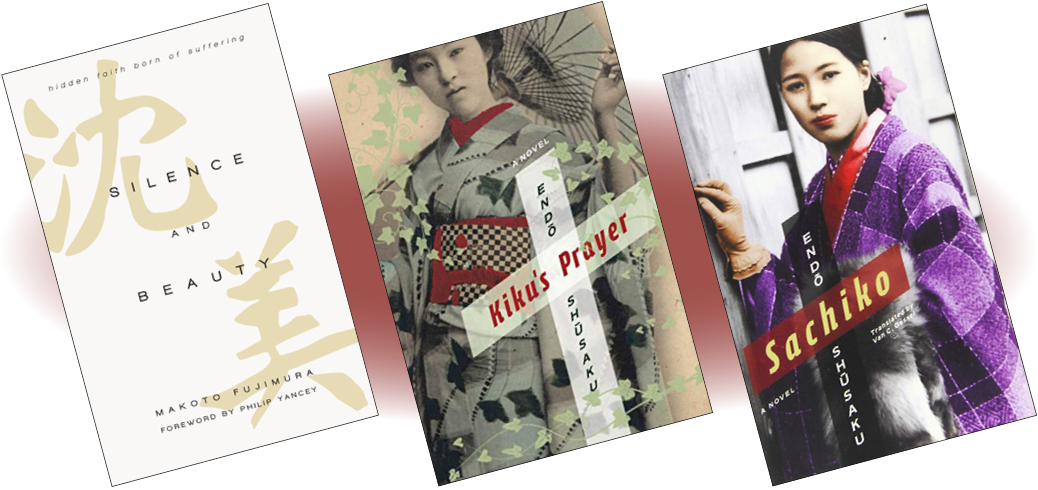Followups to Silence
If reading or watching Silence by Shūsaku Endō left you somewhat perplexed, depleted, and confused, here are three books I recommend as a follow-up

Silence and Beauty
Makoto Fujimura
Born to Japanese parents in America, Fujimura spent his childhood switching between America and Japan and became a Christian in Japan through the influence of missionaries. He studied Japanese painting, nihonga, at the Tokyo University of the Arts and reflects in this book on Shūsaku Endō’s work Silence. He writes how there can be (and is) beauty in silence, how God’s silence isn’t silent at all. Japan has what he calls a “fumie culture”—as in Silence, even today, Japan society forces you daily to tread on what you actually cherish in order to perform and exist in society. Yet the gospel can be redeeming for Japan and overcome fumie culture. Fujimura dives deeply into the history and culture of Japan, explaining many different influences. I was greatly encouraged by his certainty that the gospel could bring peace and freedom to the Japanese. However, his thoughts and statements are sometimes hard to follow and have a certain ambiguity to them. I recommend it be read in a group with discussions.
Reviewer rating is 4 of 5 stars ★★★★☆
Kiku’s Prayer
Shūsaku Endō
This book is set about 200 years after Silence. The hidden Christians have persevered without a church, the Bible, or missionaries. Foreigners, who had recently entered Japan after the fall of the shōgunate, needed a church, so two priests moved to Nagasaki. They’re strictly forbidden to serve any Japanese. Nevertheless, one of them had heard of the hidden Christians and goes to search for them. It takes years but finally he finds them. As he starts serving them secretly—holding services and baptizing infants—the authorities begin to persecute the Christians once more.
Kiku, not a Christian herself, falls in love with Seikichi, a Christian. As the people of the village, Urakami, are severely tortured and relocated to a distant prefecture, she starts to pray for him. She pours her heart out to the statue of Mary in the church in Nagasaki. Kiku does all she can to support and help Seikichi. A Japanese official deceives her by promising to take aid to Seikichi; he takes advantage of her body, but he never passes on any help. Unknown to all of them, this second wave of persecution would have a major influence on Japan’s interactions with foreign nations. A greatly encouraging book on how persecuted Christians, who felt forgotten, changed history.
Reviewer rating is 5 of 5 stars ★★★★★
Sachiko
Shūsaku Endō
This book is a follow-up to Kiku’s Prayer. Two generations later in the 1930s, Sachiko, a Christian, hears the story of Kiku, the cousin of her grandmother. In 1930, some Polish priests had started work in Nagasaki, and Sachiko met one of them, Father Kolbe. The book also follows him after he returns to his homeland and is placed in a concentration camp. In Japan, Sachiko falls in love with Shūhei, also a Christian, who undergoes psychological torture when he is forced to enter the army, which went against what he’d been taught his whole life: “You shall not kill.” A question that is asked throughout the book is how he should think and act on this dilemma. The church does not help people like Shūhei who are suffering. Sachiko doesn’t know how deeply troubled he is, yet she prays for him, as her ancestor Kiku prayed for the man she loved. Shūhei finds a way out of the dilemma so that he can keep a clear conscience, yet it brings suffering to others. Please note: The book includes detailed descriptions of the horrors of Auschwitz Concentration Camp.
